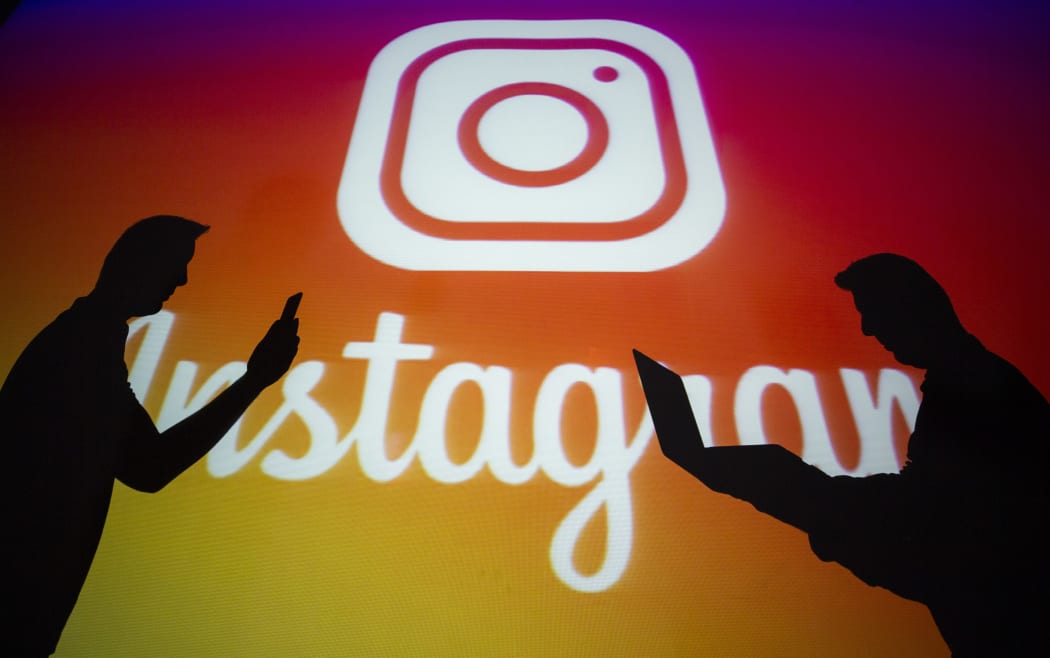Twitter and Facebook are the social media companies that get the most coverage, but Instagram is fast becoming the go to platform for the young and influential. It has 1 billion users and it’s created its own style or look - the Instagram aesthetic as it's known.
It’s glossy, curated and the perfect place for advertising dressed up as content, but is the style changing?
Many have noticed a shift away from the manufactured towards authenticity.

Photo: AFP/ Anadolu Agency
Digital editor of Metro magazine, Tess Nichol, says it is a stylistic change, but the influencers of Instagram are still in the same game of selling product.
That old look, she says, was about the use of colours that popped and flattering light.
“A lot of Instagram influencers will use this sort of halo light to make themselves look beautiful, so that all their features catch the light perfectly,” Nichol says.
This new ‘authentic’ look is reminiscent of the grungy 1990s, she says.
“It's kind of like a different, grungy, gritty look. But that's just as manufactured as anything else, really.”
And it’s a way of connecting with a new generation that have grown up with the app, she says.
“You have teenagers now who are old enough to be really into Instagram and it makes sense that they might rebel against this kind of really perfect put-together-life because, you know, teenagers are often the ones who bear the brunt of that kind of pressure to live up to that.
“So, it does make sense that younger people say ‘actually, we're over this, we want to do something different’.”
So, who are these influencers?
“An influencer is somebody who has enough of a social media following, and I guess an engaged one, so it's not necessarily about numbers, although obviously you do need to have probably tens of thousands to really be an influencer because otherwise who are you influencing? But the audience has to be quite engaged. So it’s like a celebrity, but someone who's famous for being famous.
“And the whole idea of the influencer is they're influencing what people buy.”
Unlike traditional media, where sponsored content was more clearly labelled, on platforms such as Instagram, the line is blurred, she says.
“So the advertising comes from influencers saying, I've been using this product, I really love it. I'm sure sometimes that is real and they really do use it, and they really do like it, but I would say, even as somebody who works in the media and aware that this stuff exists, I’ll often read something by an influencer and I have to consciously think, this is probably paid for.”
And the model works, as other social media platforms are in slight decline, Instagram continues to prosper, Nichol says.
“It has really, really taken off. It used to be that Facebook was the most popular platform and the best way to get content out. And when the algorithm changed, that completely changed, I'm talking specifically about media, but while a lot of social media platforms do seem to be in decline - Instagram is kind of kicking that trend.”
And while the look may change, the thing that makes it a powerful tool for influence, the ‘like’ function, is unlikely to any time soon, she says.
“As much as they might say ‘oh we know that this is bad for people’ it's the ‘like’ that is often why people keep coming back. The reason that a lot of us use social media is because of the dopamine rush we get when people you know, on Twitter, people retweet our tweets, we're on Instagram, and they like our photos.
“I don't really see what the reason to use those platforms would be if you weren't getting that validation. And if you're not using the platform, how do they make any money out of selling ads if no one's on it?”

